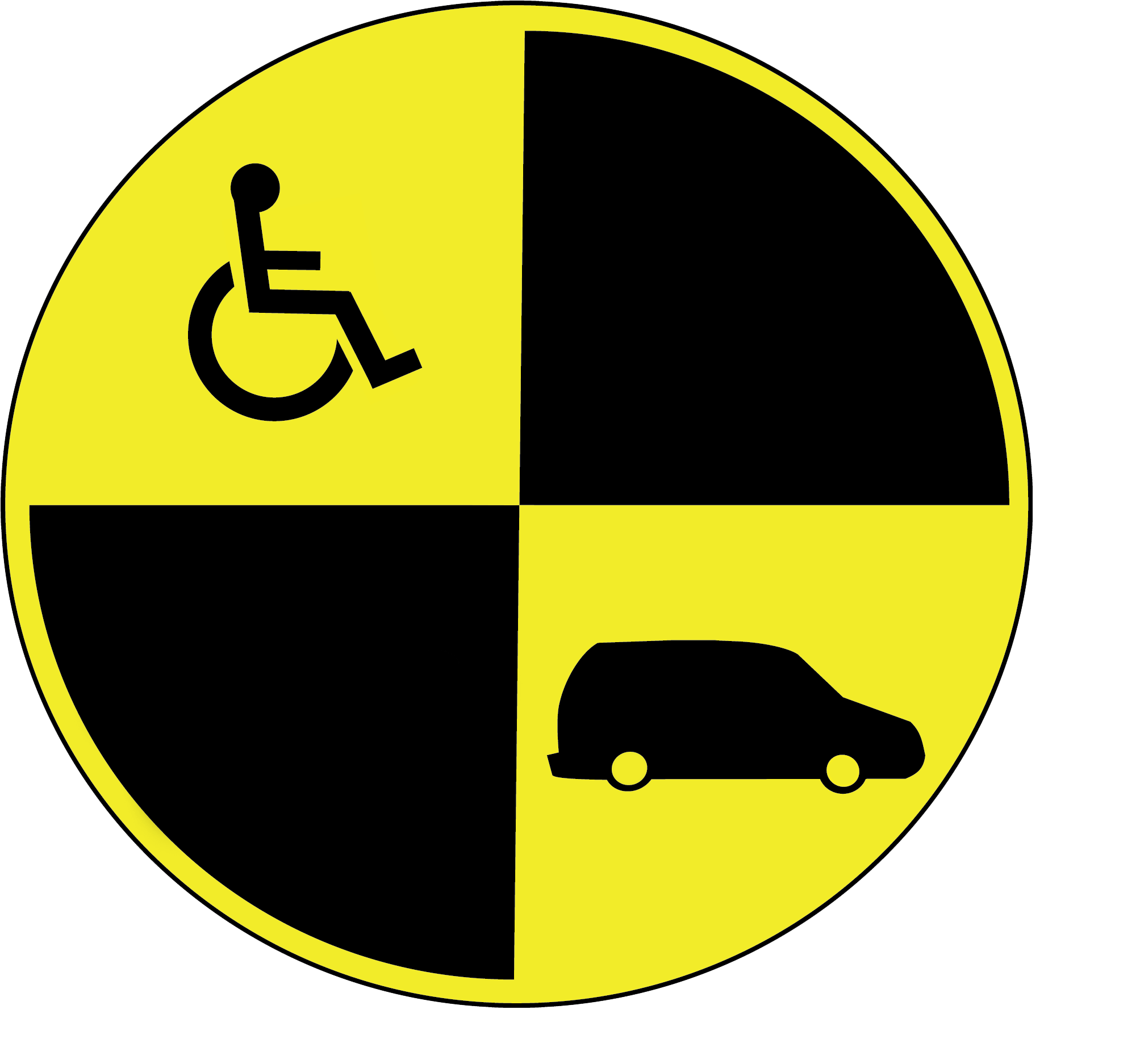|
 Subsequently, WC-20, “Wheelchair Seating Systems for Use in a Motor Vehicle” was also established by ANSI/RENSA. This standard applies specifically to seating systems of wheelchairs that are used in transportation. The standard defines a seating system as a seat, back support, and the associated attachment hardware, which may or may not include postural support devices. The most current version of WC-20 includes seating systems that may use pelvic belt anchorages but does not include shoulder/upper torso belts anchored to the seating system. Seating systems that comply with WC-20 are only intended to be used with wheelchairs that comply with WC-19. Subsequently, WC-20, “Wheelchair Seating Systems for Use in a Motor Vehicle” was also established by ANSI/RENSA. This standard applies specifically to seating systems of wheelchairs that are used in transportation. The standard defines a seating system as a seat, back support, and the associated attachment hardware, which may or may not include postural support devices. The most current version of WC-20 includes seating systems that may use pelvic belt anchorages but does not include shoulder/upper torso belts anchored to the seating system. Seating systems that comply with WC-20 are only intended to be used with wheelchairs that comply with WC-19.
Wheelchair users that utilize postural supports, such as hip belts and anterior/lateral truck supports, should use these while traveling in a motor vehicle, as the use of these can assist in maintaining an upright position which can improve the effectiveness of crashworthy seating system belts that comply with WC-20.
|